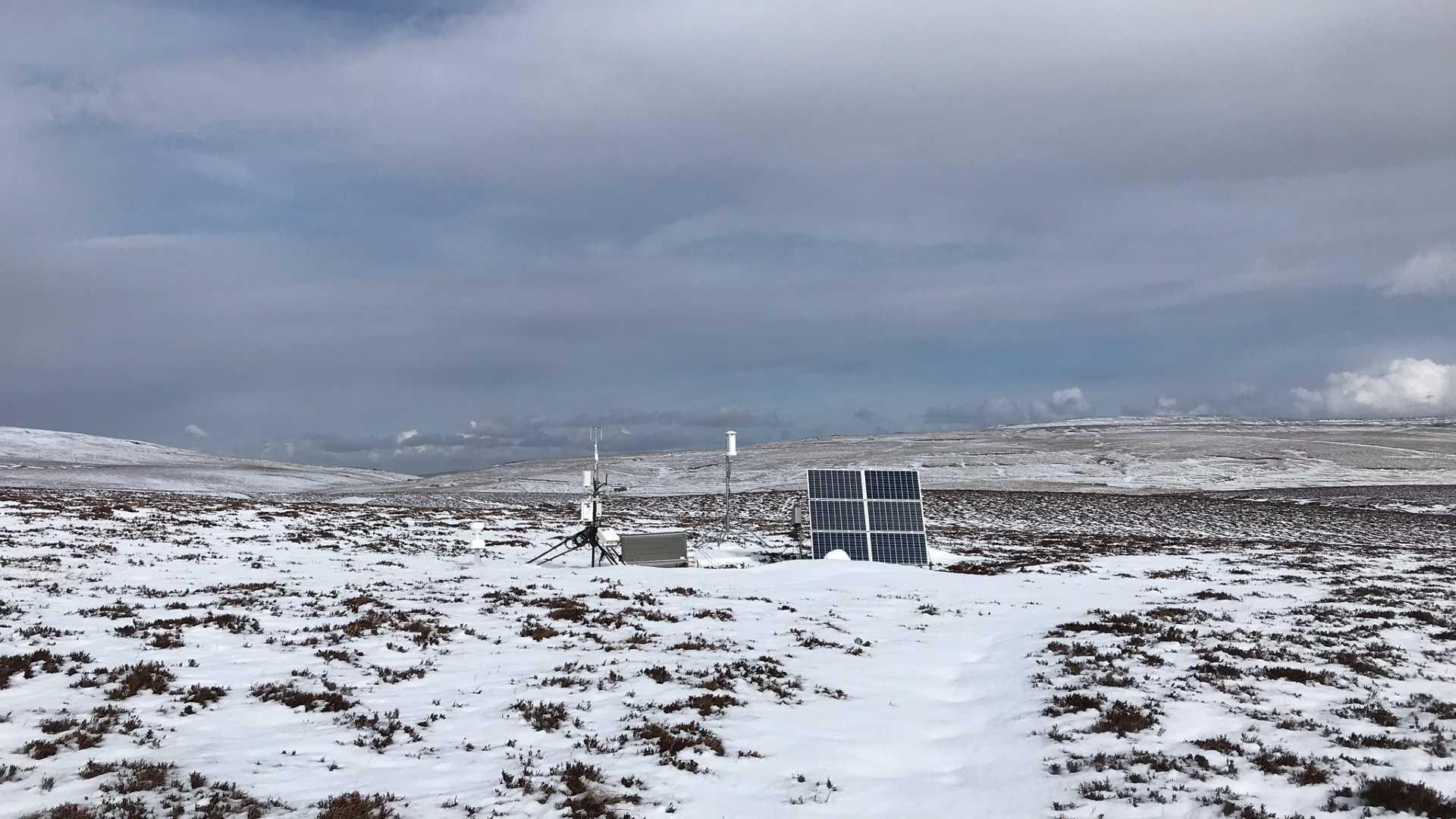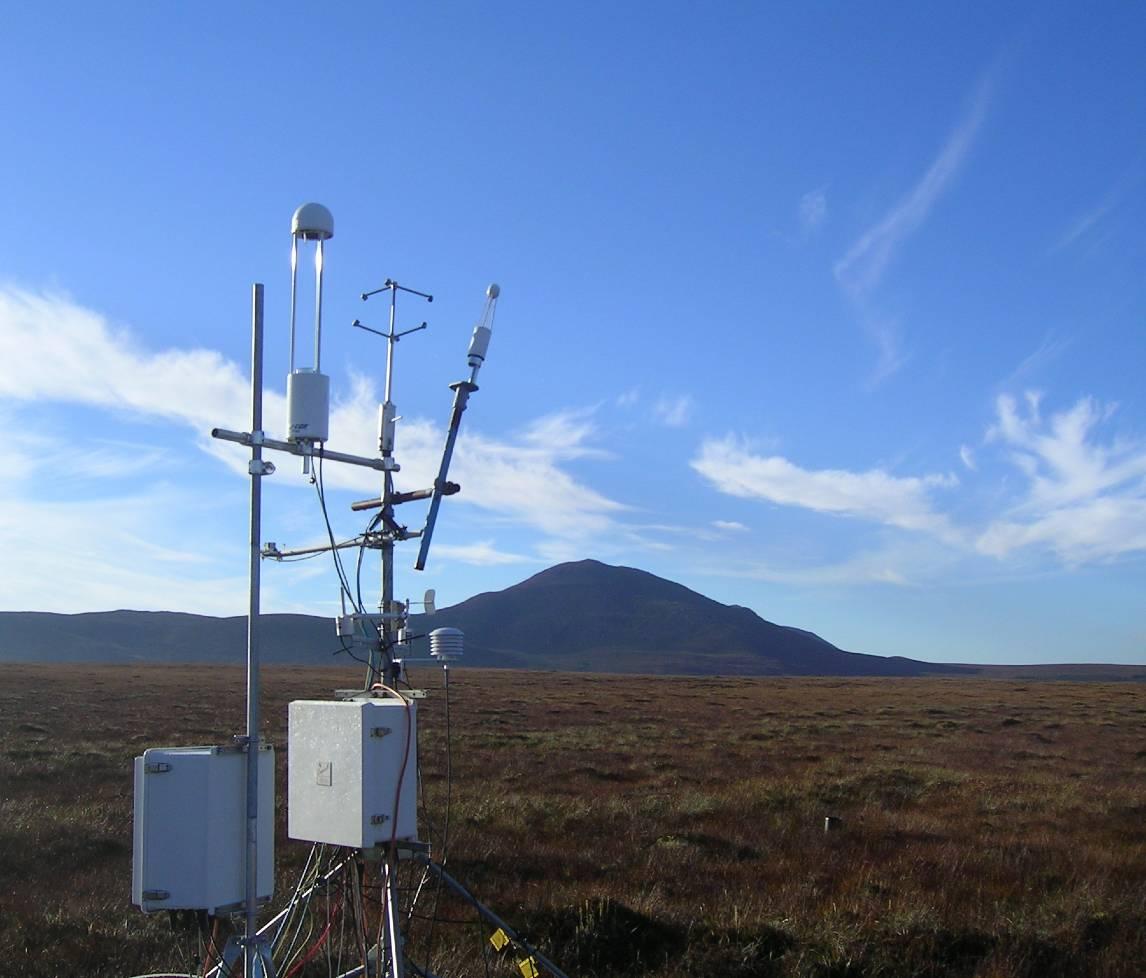Science challenge
This project addresses a fundamental driver of climate change, the net emission and removal of greenhouse gases (GHGs) by terrestrial ecosystems. As we embark on the UK’s transition towards a Net Zero target in 2050, the role of the biosphere to offset the remaining anthropogenic emissions becomes increasingly important. Meeting this target will require us to quantify the biosphere's capacity to sequester carbon, and to understand the controls on biogenic emissions of methane and nitrous oxide.
Project summary
Land use and land management choices which sequester carbon or reduce GHG emissions may provide a means to mitigate climate change, and a sound quantification of these GHG fluxes is needed if this is to form part of the strategy for achieving Net Zero. The measurement network has a focus on peatland and agricultural systems, where there is potential for substantial carbon capture and storage, but considerable uncertainty. As well as a coherent national network, the work links to the pan-European Integrated Carbon Observation System (ICOS) network of 100 measuring stations, aimed at quantifying the GHG balance of Europe. The UK has an ongoing programme to independently verify the national-scale emissions of GHGs via atmospheric inverse modelling, and the network feeds into this process via the UKGHG model. The work has also developed real-time processing software and the eddystore processing engine and database, and associated software tools, which provide unified, efficient data management for the network and partner institutes.
Objectives
This work focusses on measuring the GHG balance of key ecosystems at a network of sites across the UK, so as:
- To analyse long-term trends and inter-annual variability
- To gain process understanding
- To attribute effects of land management
- To provide data for model calibration and testing.

